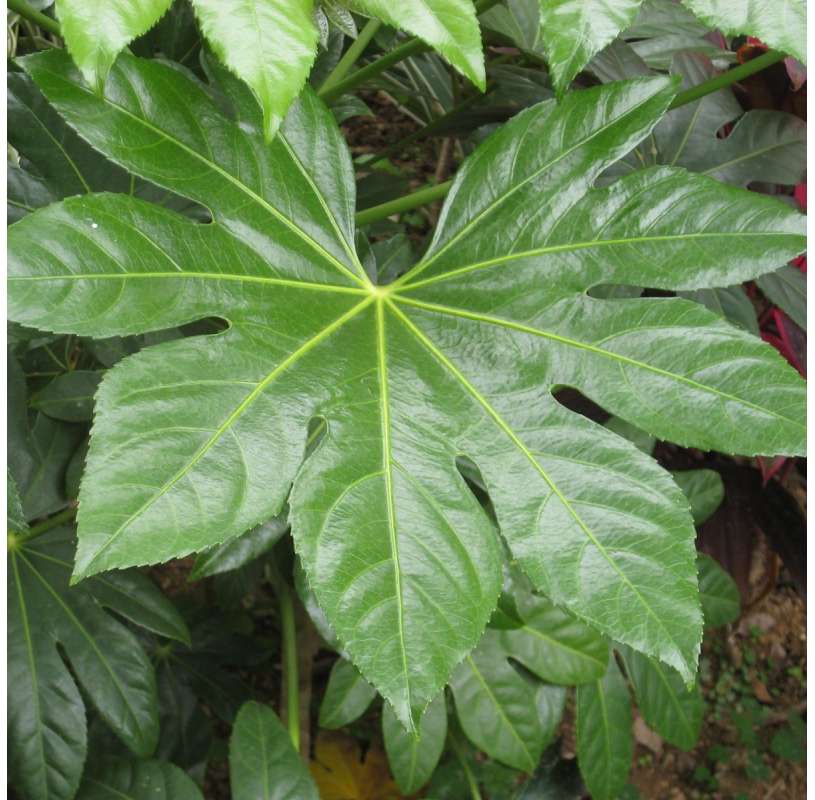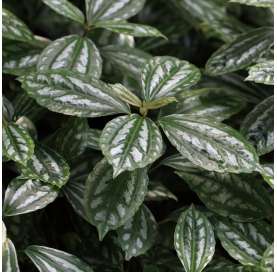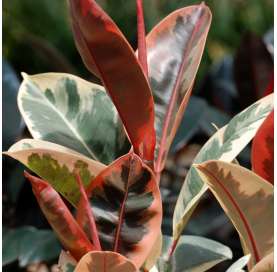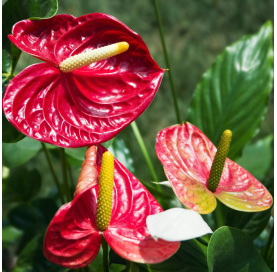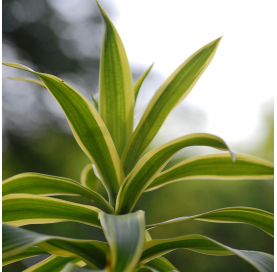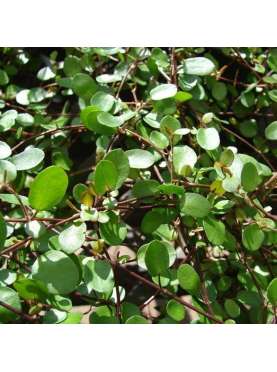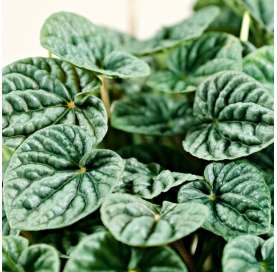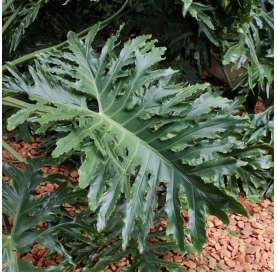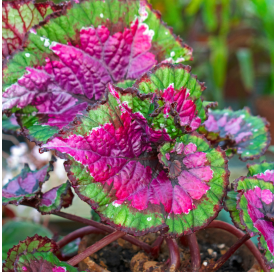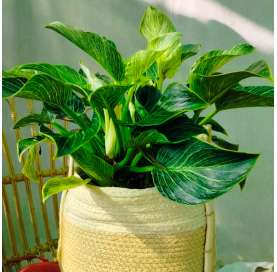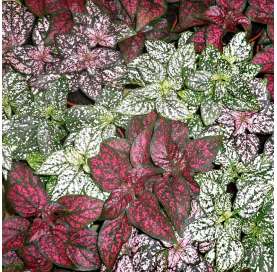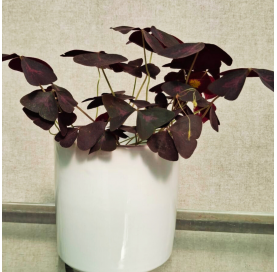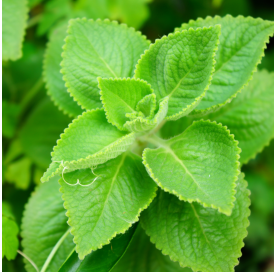Japanese Aralia, Fatsia japonica.
10907
The Japanese Aralia is classified in the family Araliaceae and includes only 3 species of shrubs native to Taiwan and Japan.
 Encrypted payments for greater security
Encrypted payments for greater security
To reduce the plant's time in transit, shipments are made from Monday to Wednesday.


Shipping only to mainland Spain and mainland Portugal
General Description:Discover the majesty of Fatsia Japonica, commonly known as Indoor Aralia and Japanese Aralia. Originating from southern Japan, this evergreen shrub stands out in any space due to its profuse branching and can reach up to 4 meters in height. Its lobed leaves, up to 45 cm in diameter, showcase a vibrant bright green on the top and a soft light green on the underside, including variants with variegated leaves.History and Origin:Fatsia Japonica is a plant native to southern Japan, where it thrives naturally and has been valued for its ornamental beauty and adaptability to various landscaping and indoor decorating environments.Flowering:Although the plant blooms in autumn, displaying delicate white flowers in umbels above the leaves, it rarely flowers indoors.Common Uses:It is ideal for decorating interiors, terraces, balconies, or as a solitary specimen or in bush groups in gardens, adapting well to both spacious areas and intimate corners.Specific Care:- Light: Requires diffused light or partial shade; plants with variegated leaves need direct sunlight in the early morning hours.- Temperature: During the winter, it needs a rest period at temperatures of 10-13 °C (50-55 °F).- Soil: Prefers normal garden soil outdoors or a commercial indoor plant substrate if grown in a pot.Watering:The substrate should be kept moist, with frequent watering in summer and reduced in winter. If the temperature drops below 10 °C (50 °F), significantly reduce watering. It is beneficial to mist the leaves with lime-free water in the summer and ensure adequate ventilation.Pruning and Maintenance:Light pruning in early spring helps maintain a compact and healthy form. It should be fertilized every three weeks during the summer with a mineral fertilizer.Pests and Problems:Watch for potential pests like mealybugs and mites, especially under conditions of low humidity and poor ventilation.Propagation:Propagate your own Fatsia Japonica through seeds in spring or cuttings in early spring or late summer, using rooting hormones to facilitate the process.
10907
Data sheet
- Name
- Fatsia Japonica
- Origen
- Japan
- Height
- 1-1,5 m
- Colour
- Bronze leaves, white or cream flowers
- Flowering
- Spring-summer
- Location
- Semishade
- Irrigation
- Moderated
- Applications
- Pot
- Others
- It doesn't resist abrupt temperature changes
- Note
- Being the product a living plant and depending on the season, this plant could be received, in some cases, not exactly the same as in the photography, but as similar as possible, without impacting on quality of the same.
12 other products in the same category:
-
Pilea Cadierei.€4.00
-
Ficus elastica belize€43.00
-
Anthurium andreanum. Red€23.90
-
Dracaena deremensis€20.00
-
Muelhembeckia complexa€2.50
-
Peperomia caperata€5.30
-
Philodendro sellow€18.00
-
Begonia rex€6.90
-
Philodendron birkin€37.00
-
Hypoestes phyllostachya.€3.20
-
Oxalis triangularis€5.30
-
Planta del dinero -...€5.90

 English
English Spanish
Spanish